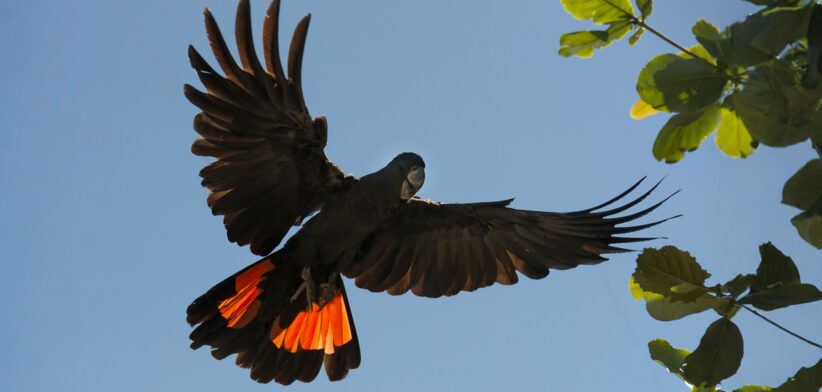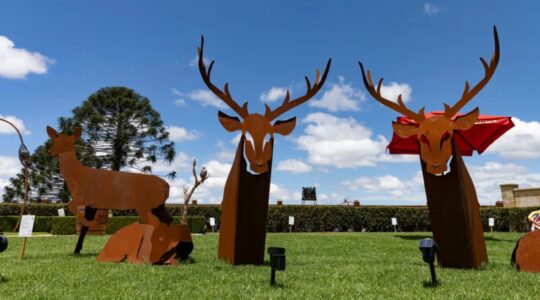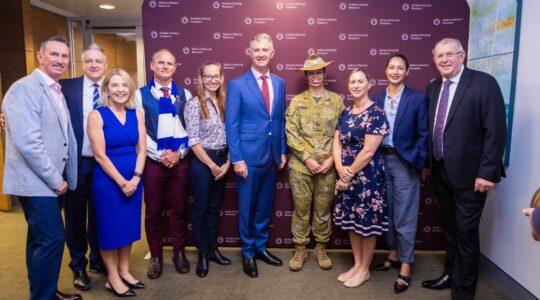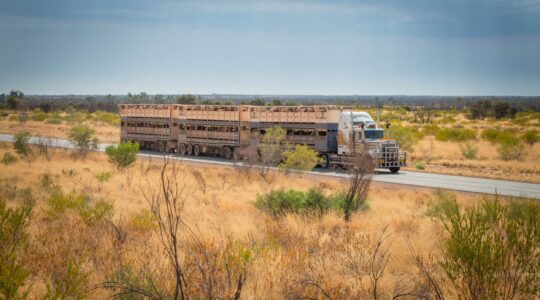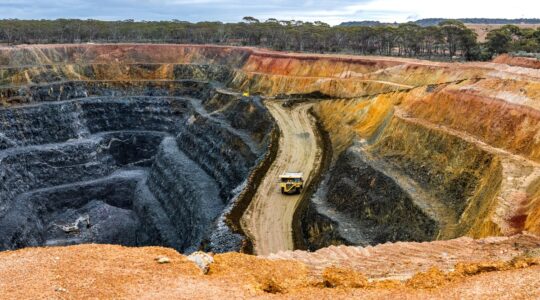A property in Queensland’s Western Downs will become the first area of land in Australian to be conserved under a new environmental status.
Weranga Scarps, a 48-hectare privately owned property located 70 kilometres south-west of Dalby, will become the first officially recognised “Conserved Area” under the National Other Effective area-based Conservation Measures (OECMs) Framework.
State Environment and Tourism Minister Andrew Powell said Weranga Scarps set an exciting precedent for conservation in Queensland and Australia.
“Unlike traditional protected areas such as national parks, conserved areas like Weranga Scarps offer an alternative approach – securing long-term environmental outcomes without changing land tenure and allowing landholders to manage their land consistent with their existing primary management objective,” Minister Powell said.
“However, recognition under the OECM framework still requires robust management practices that safeguard the land’s environmental values for the long-term.”
He said under the framework, conserved areas allowed for the formal recognition of areas that achieved long-term biodiversity conservation outcomes, even if biodiversity was not their primary land use objective.
Federal Environment and Water Minister Murray Watt said Weranga Scarps’ Conserved Area status would contribute to Australia’s national target to protect and conserve 30 percent of land by 2030, consistent with the Kunming-Montreal Global Biodiversity Framework.
Minister Watt said the site would be recorded on the World Database on OECMs, showcasing Queensland’s leadership on the world stage.
“We need to think outside the box to solve the biodiversity crisis,” he said.
“Weranga Scarps is home to iconic species like the koala and glossy black cockatoo, and it’s a great example of nature and human activity coexisting.”
Minister Powell said the property, which would be managed by Wildlife Land Fund Limited (WLFL), featured ecologically rich eucalypt and cypress woodlands which provided important habitat for threatened species.
He said $414,000 would be invested over two years in a pilot program to implement the national OECM framework across the state.
WLFL Chairperson Adrian Caneris said the WLFL was established by the Wildlife Preservation Society of Qld to facilitate an increase in private ownership of important wildlife habitats in Queensland for long term conservation outcomes.
“Our vision is to contribute to an ecologically sustainable future for people and wildlife by conserving Queensland’s natural environment,” Mr Caneris said.
“We recognise that protection and sustainable management of our natural heritage requires a whole-of-community effort, with governments, businesses, local communities and land stewards all needing to play a role.”
